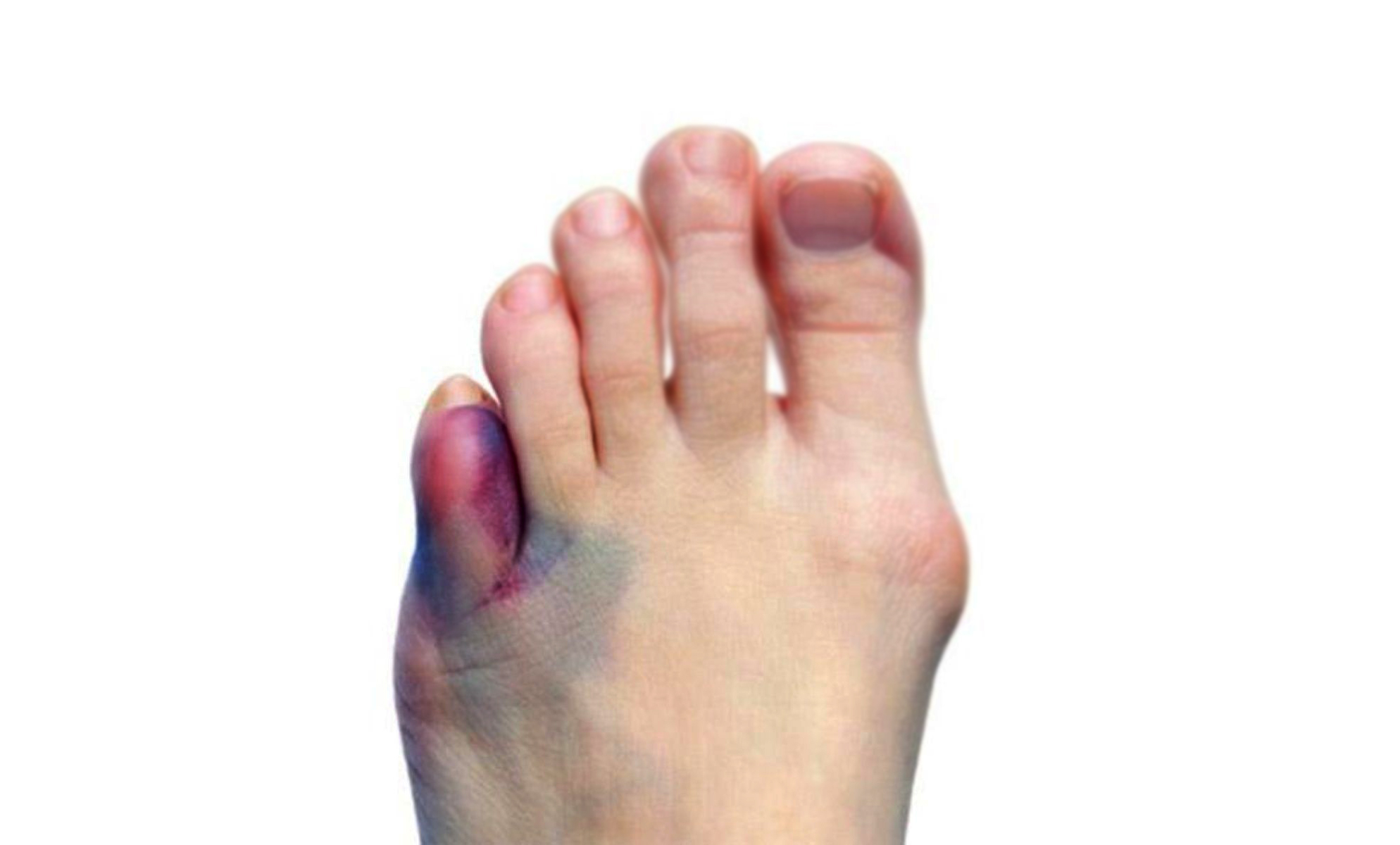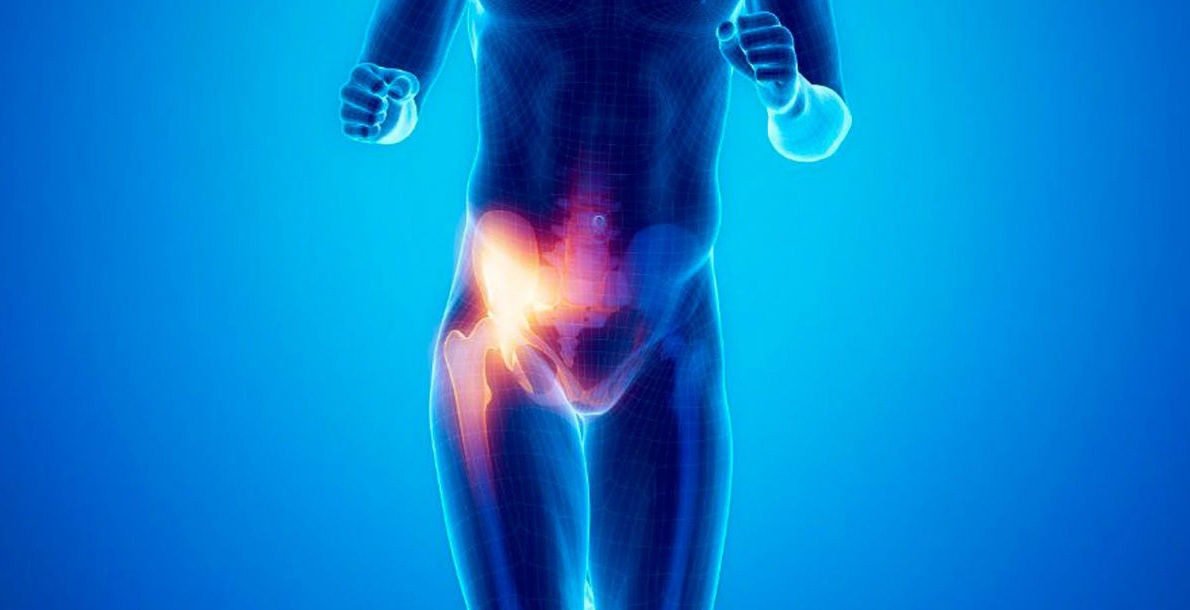[et_pb_section bb_built=”1″][et_pb_row][et_pb_column type=”4_4″][et_pb_text _builder_version=”3.13.1″]
The sacralgia is the appearance of discomfort in the lower back.
It usually comes from the sacroiliac joint, which connects the hip bone with the lower part of the spine, called the sacrum.
The treatment of sacralgia is based on physiotherapeutic and pain medication therapies. In the event that sacralgia is a symptom accompanying another disease, it is important to treat it as well.
If the sacralgia is infectious, a treatment based on antibiotics (tetracycline for chlamydial infection to avoid chronic sacralgia as in Reiter’s syndrome) can be done.
If the cause in a rheumatic disease, steroids (for example, cortisone) and non-steroidal antirheumatics that act against inflammation are used.
In the case of degenerative sacralgia, along with physiotherapy and pain medication, calcium, vitamin D and eventually calcitonin will be taken, as in the treatment of osteoporosis.
If we are facing a very acute pain, a local anesthetic can be injected to reduce the discomfort and recover mobility.
If the origin is tumors, it should be treated as accurately as possible. Medications mitigate pain Sacralgias produced by metastasis can be treated with bisphosphonate. The active agents isolate the bone degradation and reinforce the bone thanks to the action of calcium. This effect can be supported with calcium and vitamin D, as in the treatment of osteoporosis.
Learn more about your health and well-being at Pharmamedic.
[/et_pb_text][/et_pb_column][/et_pb_row][/et_pb_section]








